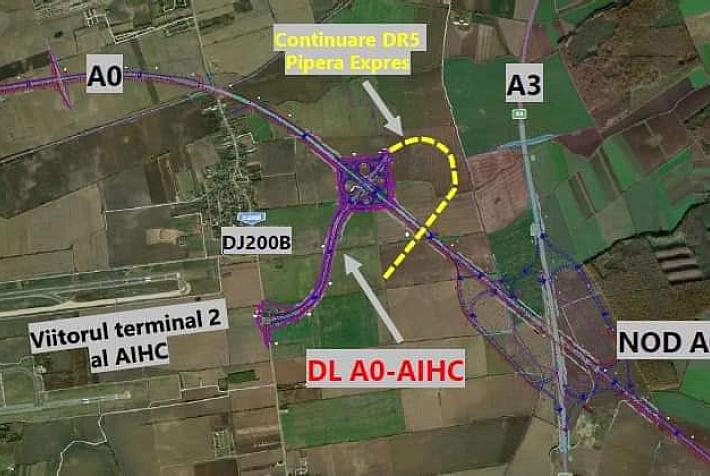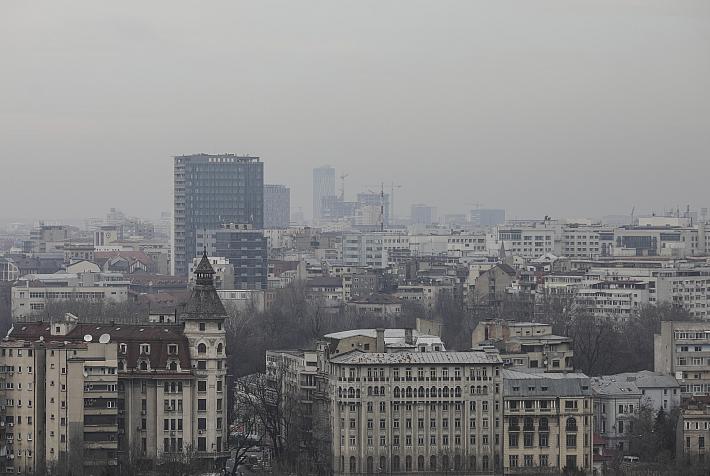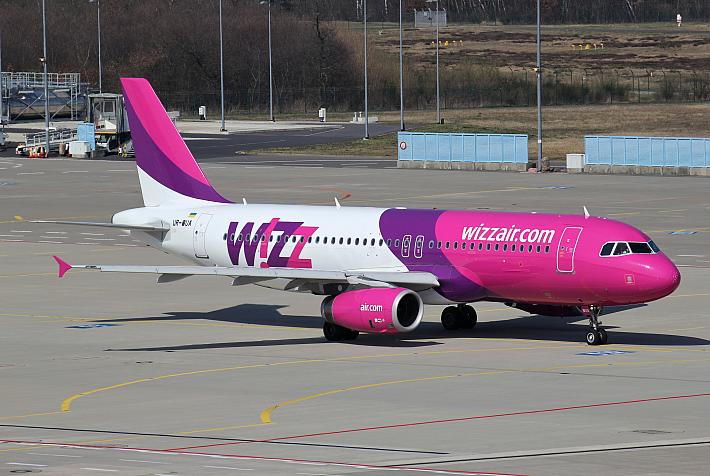Romania sees 5-year boost in number of hospital-acquired infections

More than 57,000 hospital-acquired infections, also known as nosocomial infections, were reported in Romania between 2010 and 2015, according to information included in a document the Ministry of Health recently sent to the Parliament.
Slightly over 8,100 such infections were reported in 2010. The number increased to 8,400 in 2011 and then was a bit down, to around 8,200 in 2012, reports local Mediafax. The upward trend continued in the following years: 9,300 such infections in 2013 and over 10,000 in 2014. Last year also saw the highest number: over 12,000.
Bucharest lead the list with 12,000 antibiotic-resistant infections, followed by Iasi county – 9,000 and Cluj county – over 7,000.
Most affected were Anaesthesiology and Intensive Care departments, with some 13,500 such infections during the 5-year period, while 12,000 resistant infections occurred in surgery units, according to the National Center for Public Health Statistics and Informatics (CNSISP). Some 15,000 cases were respiratory infections, while 10,000 such infections came after surgery.
Some 4.1 million people are estimated to acquire a healthcare-associated infection in the EU every year, according to information on the European Center for Disease Prevention and Control’s website. The number of deaths occurring as a direct consequence of these infections is of at least 37,000, according to estimations, but these infections are believed to contribute to an additional 110,000 deaths a year.
The most frequent infections are urinary tract infections, followed by respiratory tract infections, infections after surgery, and bloodstream infections.
The hospital-acquired, antibiotic-resistant infections are currently a hot topic in Romania after a journalistic investigation showed that many of the people who died after the Colectiv club tragedy in Bucharest in late 2015 were killed by aggressive germ infections they developed in the Romanian hospitals.
Journalists also revealed in mid-April this year that hundreds of local public hospitals have been buying diluted disinfectants from Hexi Pharma for many years. After the scandal broke into the media, the Government started controls in local hospitals which revealed that the disinfectants bought from Hexi Pharma were inefficient in combating germs.
Thus, in just a few months, the tragedy at Colectiv club turned into one of the biggest scandals in the Romanian healthcare sector. It all took a new turn on Sunday evening, May 22, when the owner of Hexi Pharma died in a car crash.
Irina Popescu, irina.popescu@romania-insider.com















